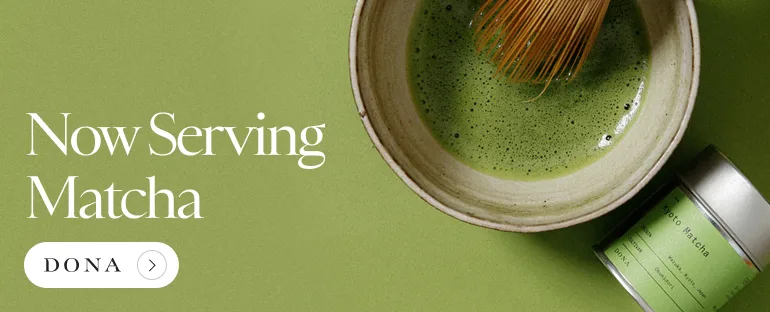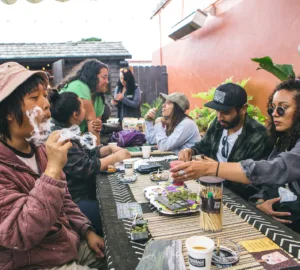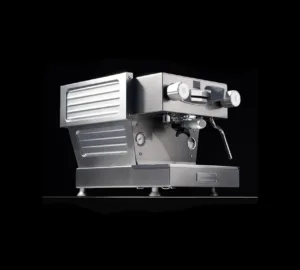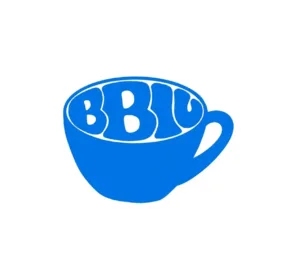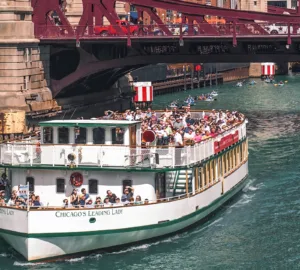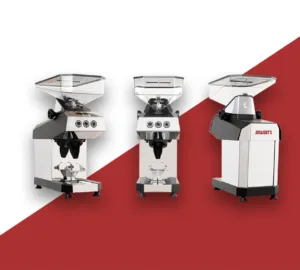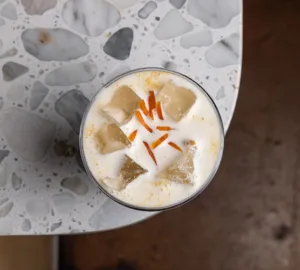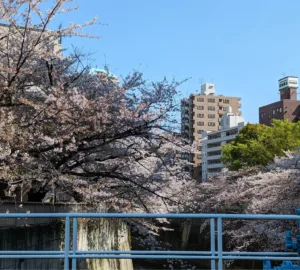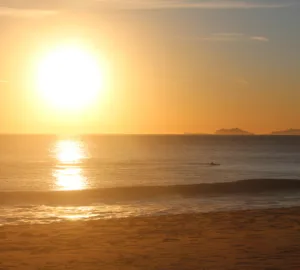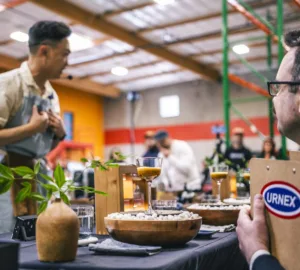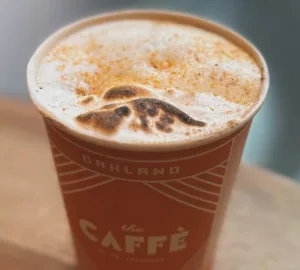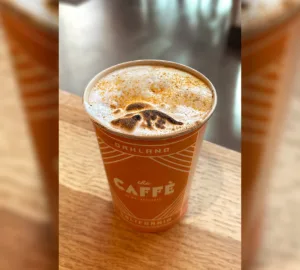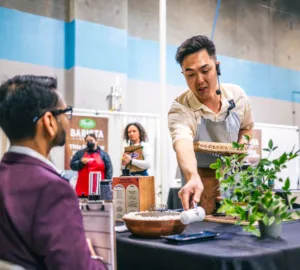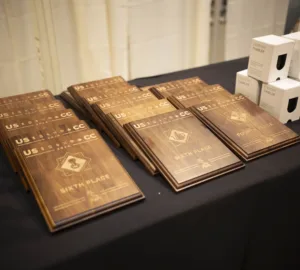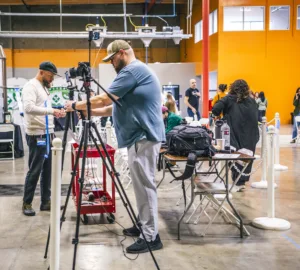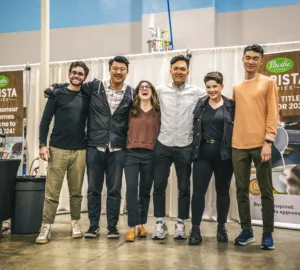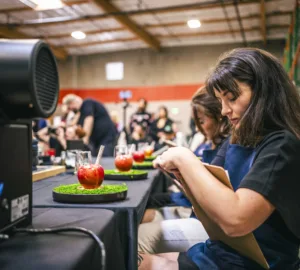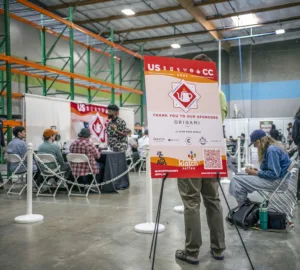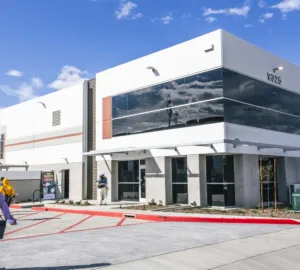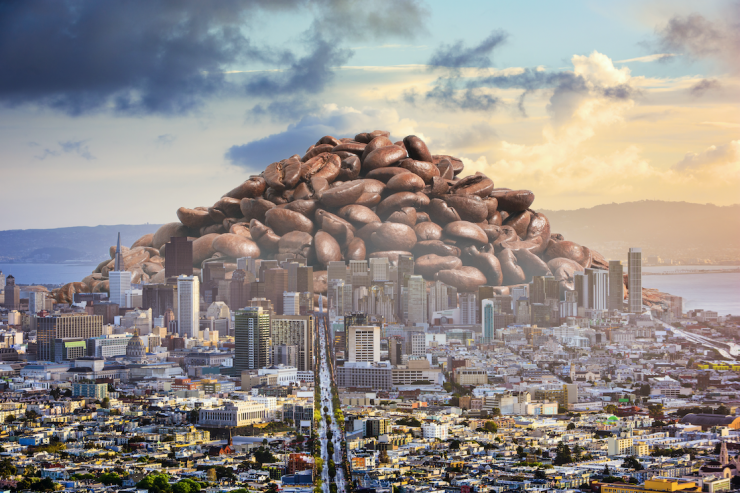
San Francisco and the Bay Area are, to be obvious, a destination for lovers of great coffee. We are the birthplace of Blue Bottle Coffee, Ritual Coffee Roasters, Four Barrel Coffee, Sightglass Coffee, and Linea Caffe, just to name a few. We have countless wholesale shops plying the wares of some of North America’s best roasters. As a resident of the Mission District, I live within walking distance of no fewer than eight specialty coffee shops, one of them about 50 feet from my doorstep. More shops open every week, in new neighborhoods or new blocks once considered deserts for quality coffee. Quite frankly, this area has become saturated with specialty coffee options. The question to raise now is: are we oversaturated?
Oversaturation in regards to cafes in San Francisco would imply so many coffee shops exist here that, due to sheer volume, quality—and with it originality—might start to regress. That if things keep going the way they have been, we’ll eventually have something like a homogeneous chain of “specialty coffee” shops on each and every corner. But before reaching oversaturation, San Francisco first would need to reach a saturation point of good, high-end specialty coffee—as in, no neighborhood lacking in well-roasted, well-prepared coffee. And in the opinion of more than a few, the city’s not there yet.
Currently, San Francisco has a few neighborhoods particularly stuffed with specialty-coffee spots. If the Mission has at least eight, SoMa, in all its sprawling mess, probably has double that; the stretch of downtown from the Financial District to North Beach is solidly stocked as well. Outside that though? There are some high-quality joints in the less-developed, less-hip areas–Andytown Coffee Roasters in the Outer Sunset, and The Richfield in the Inner Richmond, to name a couple—but if you land on the wrong stretch of Victorians, you may find yourself with nothing to quench your coffee thirst.
Andrew Barnett, new wave coffee legend and owner of Linea Caffe in the Mission, agrees. “There are still neighborhoods in San Francisco underserved in terms of high-quality coffee,” he tells me. He goes further with his critique of the idea of oversaturation: “[Third Wave coffee] is a very loose umbrella term embraced by the media because it was convenient. But just because someone has a La Marzocco and a Mazzer setup and they’re buying from one of six or seven well-known roasters doesn’t mean you’re going to get a great cup of coffee.” So not only is San Francisco not at a saturation point in terms of coffee, in Barnett’s mind, we’re still striving to reach a certain level of quality across the board. As Rafael Vizcaino, owner of Chapel Hill Coffee Company in Chinatown, says: “There are a lot of coffee shops; there are not a lot of real coffee shops.”
In comparison with most other cities, San Francisco has a lot of high-end coffee establishments, well-respected places that either helped invent the way we now view specialty coffee service or artfully follow a similar track. And if this model of specialty coffee—the standard espresso-and-pastry example to which we’ve become accustomed—is taken as the be-all and end-all, then at some point soon, yes, San Francisco will be well and truly oversaturated.
Ben Kaminsky, an influential coffee consultant and co-owner of Shegetz Bagel, believes that San Francisco has barely begun to explore other specialty coffee models. “If you’re asking if we have as many hard-core, die-hard, coffee-only businesses as we can handle,” Kaminsky says, “then yes, we probably do.” Kaminsky believes the next frontier for coffee is food—and he mentions Australia’s evolved cafe scene as a reference point. “We have virtually no breakfast culture in San Francisco,” Kaminsky says, “and I don’t think it’s because people don’t want breakfast. It’s because no one’s serving it.” Kaminsky cites The Mill—to some degree a bread-centric bakery co-owned by Four Barrel Coffee—and its steady, rabid customer base as a clear example of how badly the city wants something more than just coffee and pastries. “Just look at the response a business like that gets,” Kaminsky observes. “And [that happens] every time some [place] new opens here with even a slightly more diverse offering. The key element is adding more products, more products that people are looking for.”
So there is still room for growth in the Bay Area’s specialty coffee scene, saturated as it is, both in terms of the quality of the brew and the expansion into higher-end food service. We’re at a crossroads of sorts, with specialty coffee now trendy and profitable enough to catch the attention of large-scale business interests. Are we looking at a future where the concept of specialty coffee becomes homogenized into a soulless replica of what we are currently so enamored with? How would we prevent such a state of coffee monoculture? In the words of Chapel Hill’s Vizcaino, for one: “Money is voting—so stop buying shitty coffee.” Amen.
This article originally appeared in the weekly Sprudge Letter. Subscribe here.
Noah Sanders (@sandersnoah) is a Sprudge.com staff writer based in San Francisco, and a contributor to SF Weekly, Side One Track One, and The Bold Italic. Read more Noah Sanders on Sprudge.













